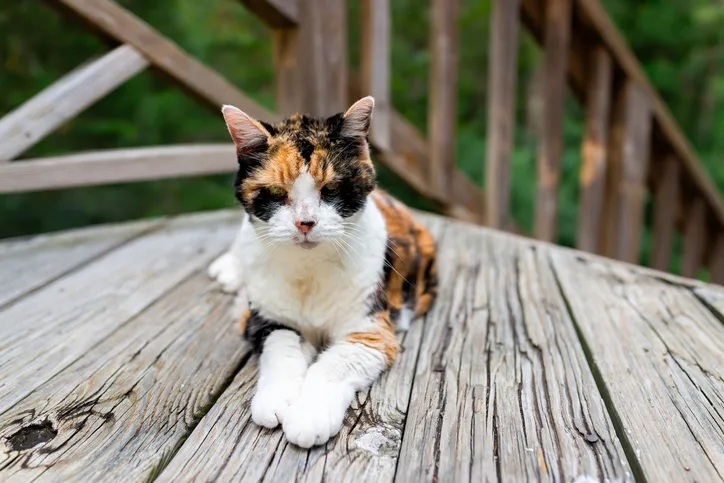
In the Literature
Mortier F, van Leeuwenberg R, Daminet S, Paepe D. Determination of age-specific reference intervals for selected serum and urinary biomarkers in elderly cats. J Feline Med Surg. 2023;25(11):1098612X231207492. doi:10.1177/1098612X231207492
The Research …
Reference intervals (RIs) are an integral part of laboratory diagnostic testing and result interpretation.1 A broad selection of healthy adult (>1 year of age) patients is typically used to determine standard species-specific RIs so reference values can be applied to a large population; however, RIs should represent reference values from healthy populations of comparable individuals. Interpretation using standard, broad RIs can be complex when clinically relevant variations (eg, age) are not specifically accounted for.2
Chronic kidney disease and hyperthyroidism are commonly diagnosed in older cats. Age-specific RIs may be warranted, as early diagnosis is important for disease management and normal alterations to physiology occur with age.3,4
Authors of this studya sought to define age-specific RIs of elderly cats for serum and urine biomarkers that are used to screen for chronic kidney disease and hyperthyroidism and are measured in commercial laboratories. Following American Society for Veterinary Clinical Pathology guidelines, 95% RIs were determined for serum creatinine, symmetric dimethylarginine (SDMA), total thyroxine (tT4), total calcium, inorganic phosphate, urinary protein:creatinine (UPC) ratio, and urine specific gravity (USG). Data from 206 cats ≥7 years of age were collected and analyzed, and 3 sets of RIs were established: all cats, mature adult cats 7 to 10 years of age (n = 134), and senior cats >10 years of age (n = 72). All cats were deemed healthy on physical examination, and pet owners reported normal behavior, eating, and drinking and stable weight.
Age-specific RIs for total calcium and UPC ratio were almost identical to laboratory RIs. The upper limit of age-specific RIs was lower than laboratory RIs for inorganic phosphate, serum creatinine, and tT4 but higher for SDMA. The lower limit of the age-specific RI was lower for USG; however, water was not withdrawn prior to blood collection, so the ability to concentrate urine was not challenged.
… The Takeaways
Key pearls to put into practice:
Serum creatinine production is correlated with lean body mass (including muscle mass). Because lean body mass decreases with age in healthy cats, an associated decrease in serum creatinine is expected. Serum creatinine values at the upper end of a standard RI in older cats may therefore represent azotemia, especially if clinical signs supportive of renal disease are present.
tT4 gradually decreases with age in healthy cats. Values at the upper end of a standard RI in older cats may therefore represent an increased tT4 concentration, especially if clinical signs supportive of hyperthyroidism are present.
Serum inorganic phosphate has been reported to be lower in healthy older cats than healthy young adult cats. Hyperphosphatemia may thus not be diagnosed when a standard RI is used for older cats.
Findings of this study indicate the standard RI for SDMA should be higher in elderly cats. Renal dysfunction may be overestimated in cats ≥7 years of age if a standard RI is used.
Although these findings support the need for age-specific RIs for elderly cats, patient results and associated RIs are analyzer-, method-, and reagent-dependent. Direct application of published RIs is therefore not generally recommended.1 Clinic-specific RIs for both in-clinic and external laboratory results should be established.
a Laboratory analysis for this study was financially supported by IDEXX Laboratories.
You are reading 2-Minute Takeaways, a research summary resource presented by Clinician’s Brief. Clinician’s Brief does not conduct primary research.